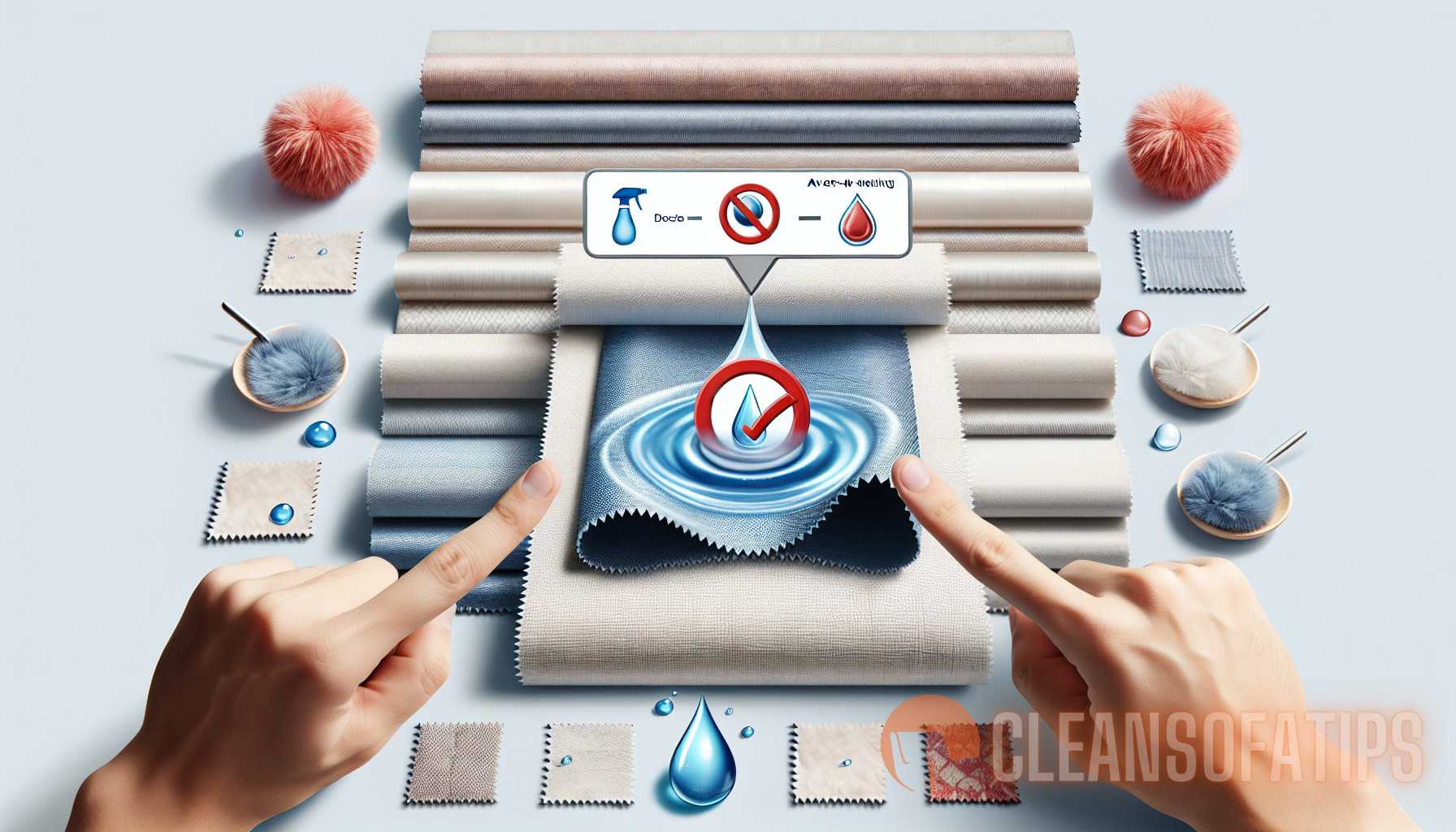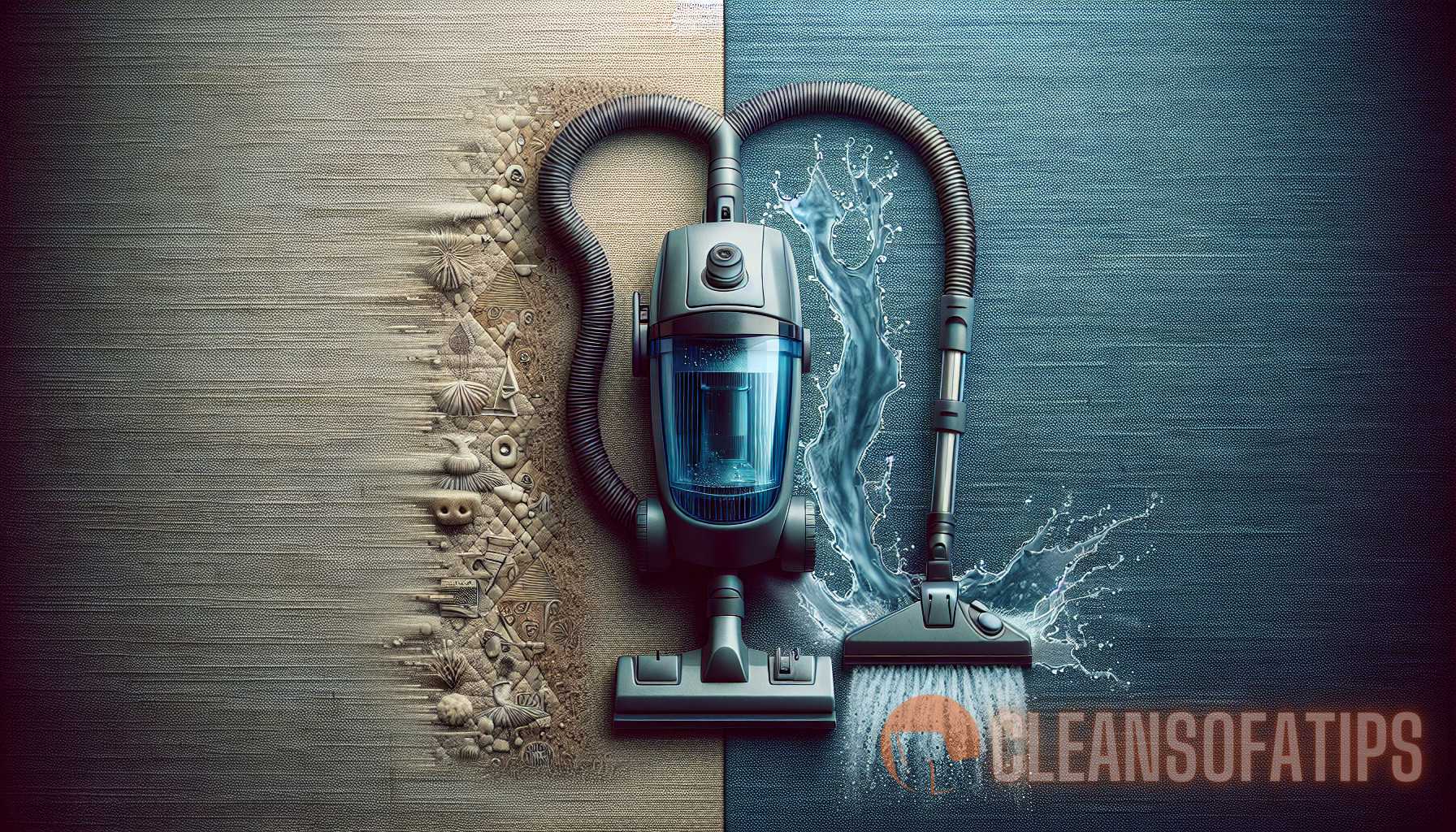Wet or Dry: A Scientific Approach to Evaluating Upholstery Cleaning Requirements
Upholstery cleaning is a vital aspect of maintaining the cleanliness and appearance of furniture. Over time, upholstery can accumulate dirt, stains, and odors, making it necessary to clean it regularly. However, when it comes to upholstery cleaning, one of the key decisions that homeowners and professionals must make is whether to use wet or dry cleaning methods. Each method has its advantages and disadvantages, and selecting the right one depends on various factors, including the type of upholstery, the extent of soiling, and the desired level of cleanliness.
Wet Upholstery Cleaning
Wet upholstery cleaning, also known as steam cleaning or hot water extraction, involves the use of water, cleaning agents, and specialized equipment to remove dirt, stains, and odors from upholstery. The process typically starts by pre-treating the upholstery with a cleaning solution. This solution is then agitated into the fabric using a brush or machine. Finally, hot water is injected into the upholstery at high pressure and immediately extracted along with the loosened dirt and stains using a high-powered vacuum.
Advantages of wet upholstery cleaning:
- Effective in removing deep-seated dirt and stains
- Provides a thorough cleaning
- Eliminates allergens and bacteria
Disadvantages of wet upholstery cleaning:
- Longer drying time
- Potential risk of over-wetting and damage to upholstery
- Not suitable for all types of upholstery fabrics
When considering wet upholstery cleaning, it is essential to assess whether the upholstery fabric can withstand moisture. Fabrics such as cotton, polyester, and nylon are generally suitable for wet cleaning. However, delicate or natural fabrics like silk or velvet may require alternative cleaning methods to avoid damage.
For more information on recognizing the need for professional upholstery cleaning, refer to the article available at When to Call the Upholstery Cleaning Pros: Recognizing the Need for Professional Cleaning.
Dry Upholstery Cleaning
Dry upholstery cleaning, as the name suggests, involves cleaning upholstery without the use of water or excessive moisture. Instead, this method utilizes specialized cleaning agents that are applied directly to the upholstery. These cleaning agents are designed to encapsulate the dirt and stains, making them easier to remove. Once the cleaning agents have been applied, they are agitated into the fabric using a brush or machine. Finally, the residue, along with the dirt and stains, is vacuumed away.
Advantages of dry upholstery cleaning:

- No drying time required
- Less risk of over-wetting and damage to upholstery
- Suitable for delicate or natural fabrics
Disadvantages of dry upholstery cleaning:
- May not be as effective in removing deep-seated dirt and stains
- Does not provide the same level of thorough cleaning as wet methods
- May not eliminate allergens and bacteria as effectively
Dry upholstery cleaning is particularly suitable for fabrics that are sensitive to water and moisture, such as silk, velvet, and suede. It is a gentle and safe method that can effectively refresh and revitalize upholstery without the risk of damage.
For tips on spotting the telltale signs of expert cleaning needs and when to call upholstery cleaning professionals, check out the article available at When to Call Upholstery Cleaning Professionals: Spotting the Telltale Signs of Expert Cleaning Needs.
Choosing the Right Upholstery Cleaning Method
When deciding between wet and dry upholstery cleaning methods, it is crucial to consider several factors:
- Type of upholstery fabric: Assess whether the fabric can tolerate water and moisture. Delicate or natural fabrics may require dry cleaning to avoid damage.
- Level of soiling: If the upholstery is heavily soiled or has deep-seated stains, wet cleaning may be more effective in achieving a thorough clean.
- Allergen and bacteria concerns: If allergies, asthma, or other health issues are a concern, wet cleaning may be preferable as it can help eliminate allergens and bacteria more effectively.
- Drying time: Consider the time available for the upholstery to dry. Wet cleaning requires longer drying time, which may not be practical in some situations.
- Desired level of cleanliness: Determine the desired outcome. Wet cleaning typically provides a more thorough cleaning, while dry cleaning is more suitable for regular maintenance and refreshing upholstery.
It is also advisable to consult with professional upholstery cleaners who can assess the specific needs of the upholstery and recommend the most appropriate cleaning method. Professional cleaners have the knowledge, experience, and specialized equipment to ensure a safe and effective cleaning process.
Regardless of the cleaning method chosen, it is essential to follow proper cleaning techniques and use appropriate cleaning agents to avoid any potential damage to the upholstery. Regular maintenance, including vacuuming and spot cleaning, can also help extend the lifespan of upholstery and maintain its appearance.
In conclusion, selecting the right upholstery cleaning method requires a scientific approach, considering the specific requirements of the upholstery and the desired level of cleanliness. Wet cleaning provides a deep and thorough cleaning, while dry cleaning is more suitable for delicate fabrics and regular maintenance. By understanding the advantages and disadvantages of each method and assessing the specific needs of the upholstery, homeowners and professionals can make an informed decision and ensure the effective and safe cleaning of their upholstery.
Sources
- “Upholstery.” Wikipedia.
- An article available at “When to Call the Upholstery Cleaning Pros: Recognizing the Need for Professional Cleaning.”
- An article available at “When to Call Upholstery Cleaning Professionals: Spotting the Telltale Signs of Expert Cleaning Needs.”



